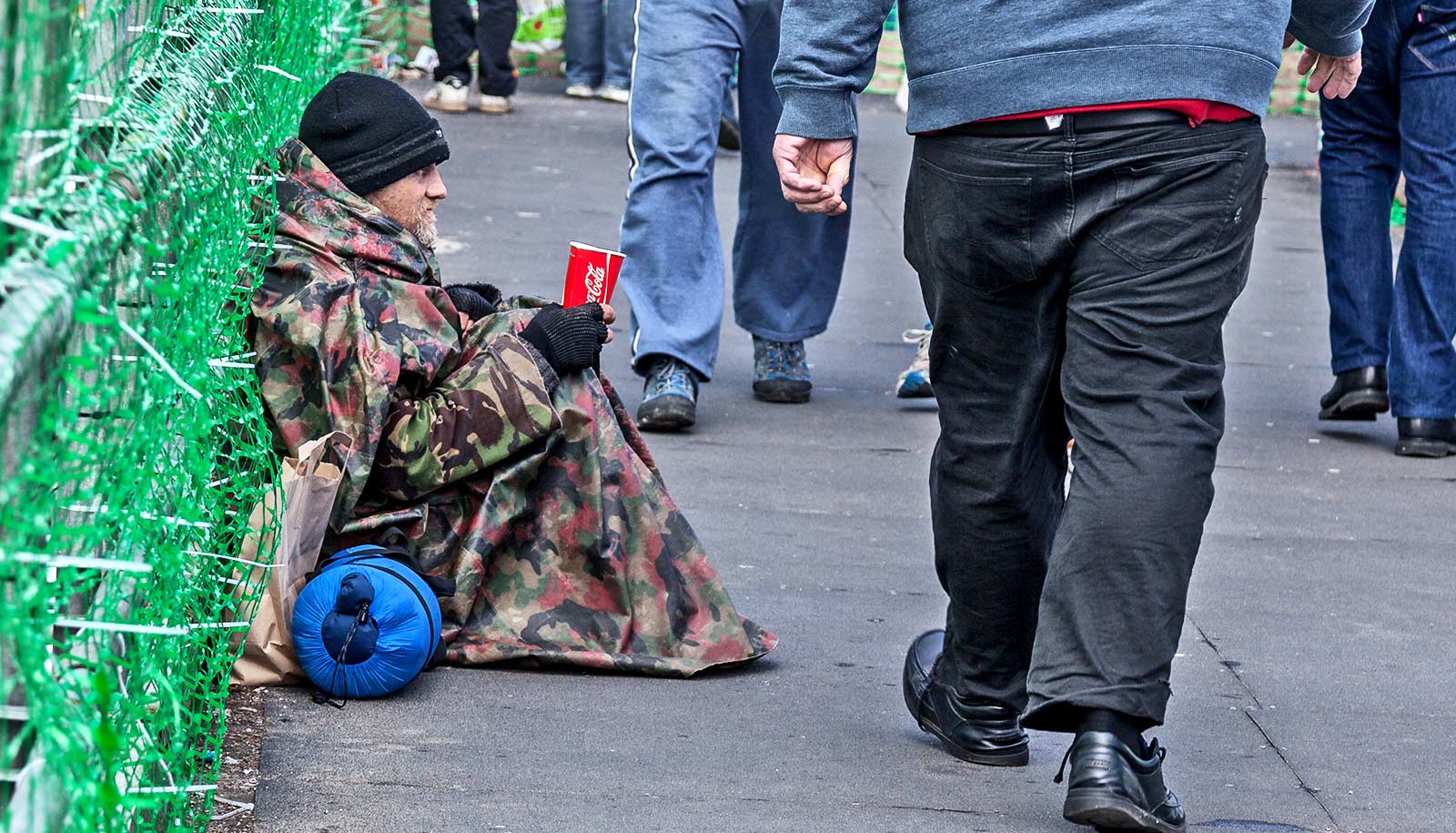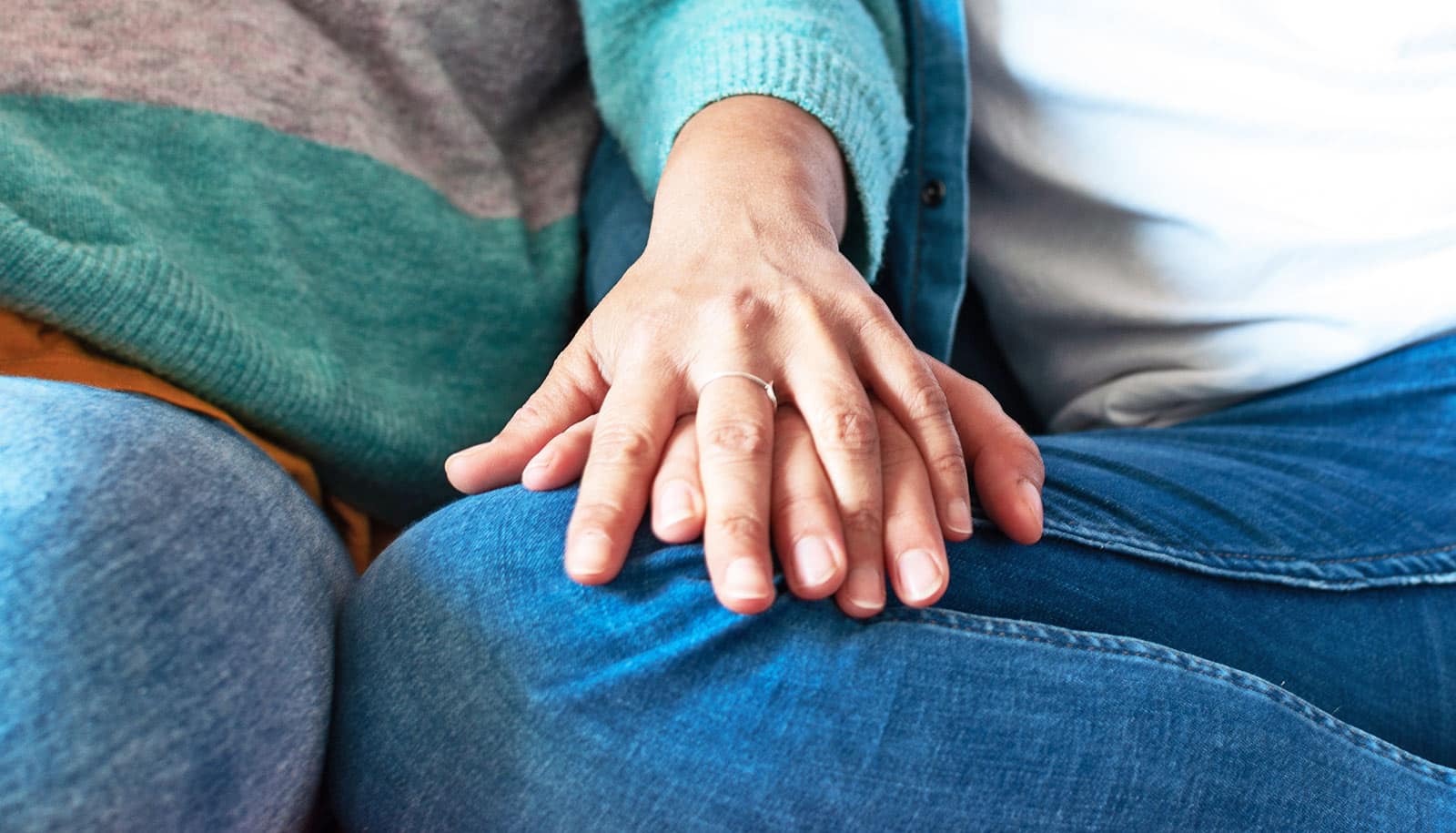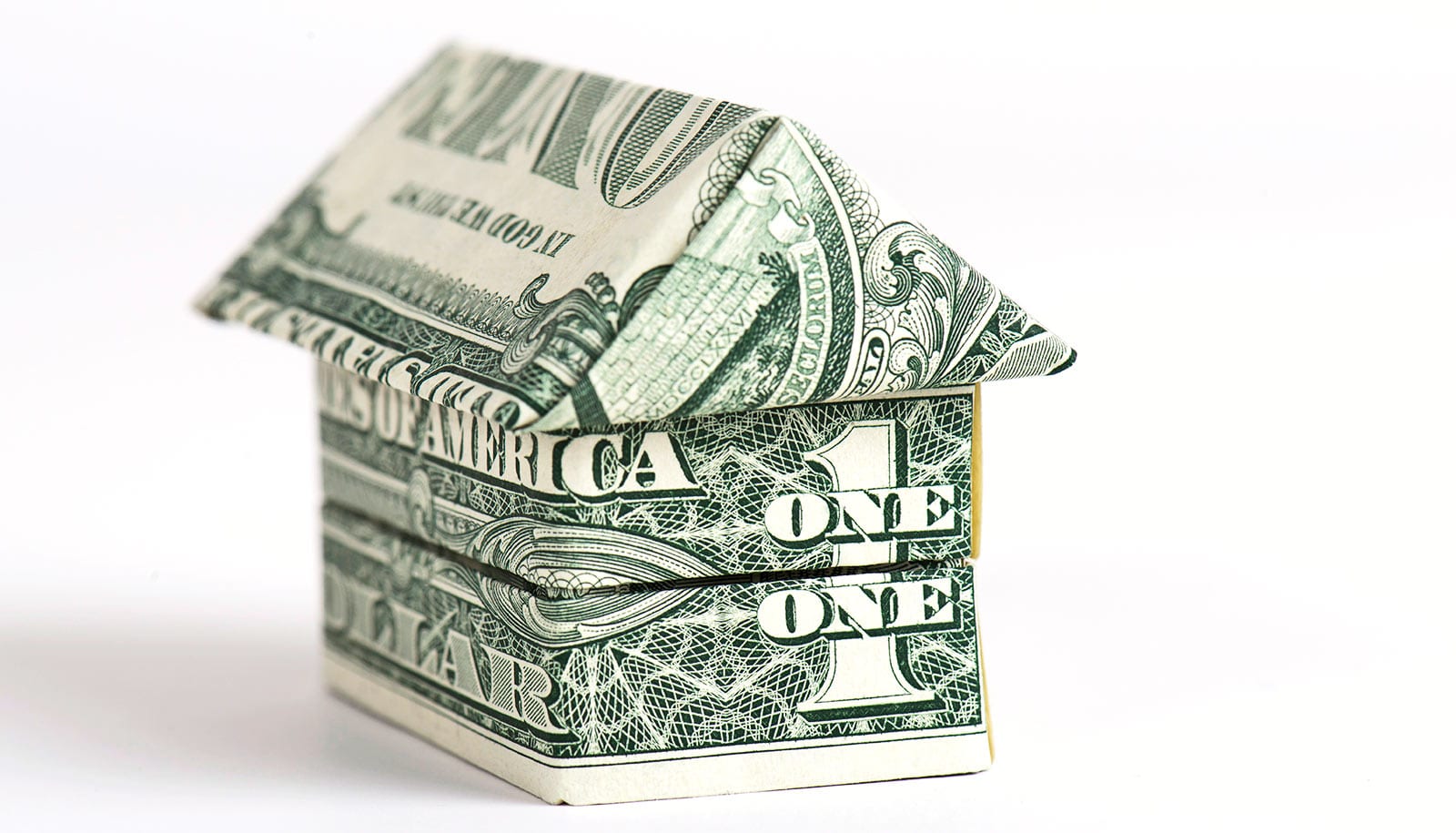A new study examines the question of why people become homeless.
There is a significant perception gap between what the general public think about why people become homeless, and what people who have experienced homelessness say—particularly when it comes to substance use, says Julie Moschion, senior research fellow at the Melbourne Institute Of Applied Economic and Social Research at the University of Melbourne.
“Rough sleepers” are the most visible of the homeless population, but it is actually a much larger issue than just those who sleep on the streets.
Being “homeless” includes anyone whose housing conditions don’t qualify as “decent”—like squatting in abandoned buildings, having to stay with relatives or friends temporarily when there is no alternative, or staying in a caravan park, boarding house, hotel, or crisis accommodation.
Matter of opinion
A survey conducted by Hanover Welfare Services in 2006 found that 91 percent of Australians believe that drug addiction is one of the main reasons people become homeless—a view that is widely shared in the community, including among experts in public policy and academia.
But if you ask people who have experienced homelessness, only 10 percent say that’s the case, Moschion says.
So, while homelessness and substance use are commonly linked, is it actually the case that people become homeless because they use drugs?
Examining the reality
A new study, which appears in the Journal of the Royal Statistical Society, finds that illicit drug use is linked to homelessness in young men, but not young women. And even then, only daily cannabis use increased men’s likelihood of becoming homeless. There is no effect for those who use harder drugs.
Researchers used the Journeys Home dataset—the largest and most comprehensive longitudinal study of homelessness and housing insecurity internationally.
In the sample, more than 75 percent had experienced homelessness by the age of 30, and almost 50 percent of the sample had used drugs regularly (cannabis daily and/or hard drugs weekly) by the age of 30.
This high occurrence of homelessness and substance use offers a rare opportunity to analyze the relationship between them in greater detail than with other data, researchers say.
Consistent with general opinion, the research shows that substance use and homelessness are associated, Moschion says. Of people who used drugs regularly by age 30, 86 percent had experienced homelessness. Among those who had not used drugs regularly, this figure is 70 percent.
But is that enough to conclude that using drugs increases the likelihood of homelessness? Moschion says there are other things that could explain this link.
In some cases, homelessness may lead to drug use. But other characteristics and events, like risk-taking behavior or adverse circumstances in childhood, may make people more prone to both homelessness and substance use.
To rule out these alternative explanations, Moschion and colleagues took into account the timing of events—did a person’s drug use start before or after they became homeless?
They then accounted for all the permanent differences between respondents that may have affected their experience with substance use and homelessness. Because Journeys Home holds detailed information on whether and when respondents started using drugs, and whether and when they became homeless, the researchers were able to explore these questions.
Parental separation
The findings show that the use of illicit substances other than cannabis doesn’t increase the likelihood of someone becoming homeless. And when it comes to cannabis use, women younger than 30 who use it daily are no more likely to become homeless than those who don’t. For men, using cannabis daily increases their likelihood of becoming homeless by age 30 by 7-14 percentage points.
In contrast, previous research has shown that the effect of parental separation on homelessness is substantial for both genders, specifically, it is six times that of drug use for both men and women, Moschion says.
When you break it down, the effect of parental separation is about twice as large as that of using drugs regularly for men (combining the use of cannabis daily and illegal/street drugs weekly) and 10 times as large for women, Moschion says.
Personal perspective
The findings show that people who have experienced homelessness have a more reliable sense of why they found themselves in that situation than the general public.
They cited “relationship breakdown and conflict” as the main cause for homelessness six times more often than substance use (64 percent vs 10 percent). In contrast the general public cites “marriage or relationship breakdown” as being the main cause for homelessness less often than that of substance use.
This shows how valuable people’s insights into their own experiences can be when designing policies that work.
Ultimately, the findings demonstrate that while substance use does increase the risk of homelessness for young boys and men, the effect is nowhere as high as what is generally believed, Moschion says.
The research suggests that early interventions to reduce cannabis use may be effective in reducing the number of boys and young men who become homeless but will unlikely have a similar effect for young women.
But policy interventions supporting the housing needs of families that break down, can effectively reduce the transitions of children and young adults into homelessness, possibly breaking the path into lifelong extreme disadvantage.
Source: University of Melbourne



